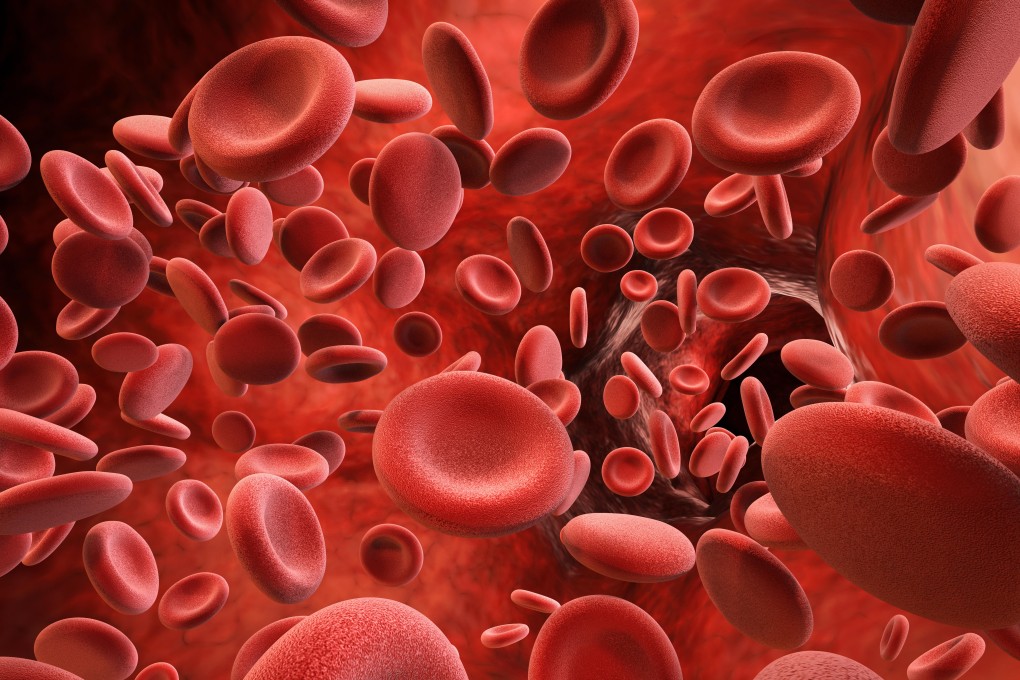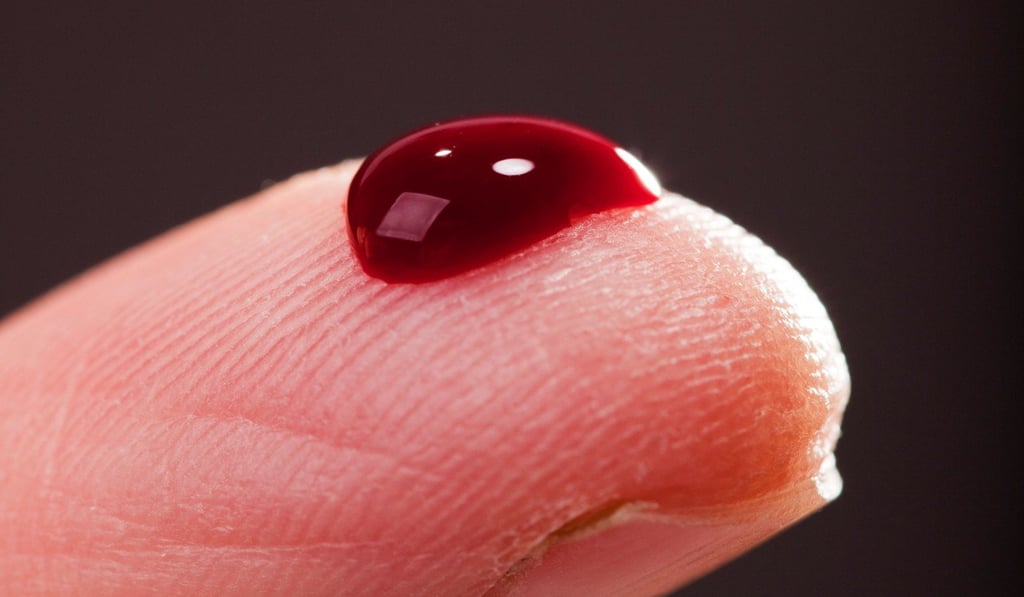What blood does, foods to keep it healthy, plus disorders, diseases and the importance of donating
- Blood serves many life-giving functions but it is important to keep it freely moving or risk dangerous clots
- A number of foods have been proven to maintain blood health and boost circulation, including cayenne pepper, onions and garlic

We’re all full of it, though some more than others. We’re all born with it and will die with it. And unlike a hip or a heart or a lung, it can be replenished but never replaced. It is blood.
The volume of blood in our bodies depends on a person’s body weight and their gender, says Hong Kong haematologist Dr Herman Liu Sung-yu. A woman who weighs 55kg (121 pounds) has, give or take, eight pints (3.8 litres) coursing around her body. An average man will have more, usually between nine and 12 pints.
Blood accounts for about 7 per cent of a person’s total body weight. During pregnancy a woman’s blood increases by about 50 per cent.
Blood serves many life-giving functions. It is composed of platelets which control clotting to stop the body bleeding out; white blood cells which form our defence system, fighting infection; and red blood cells which transport food and oxygen to every part of our bodies while helping cells clear waste. It also contains plasma, the pale yellow liquid which accounts for 55 per cent of blood volume. Plasma is 90 per cent water and is the vehicle that everything else rides in as blood courses around the 100,000 miles (161,000km) of blood vessels that form the adult human circulatory system.

Keeping well hydrated is important for keeping our blood freely moving. Dehydration coupled with immobility – on a plane, for example, or post-surgery – could give rise to dangerous clots forming as blood thickens.